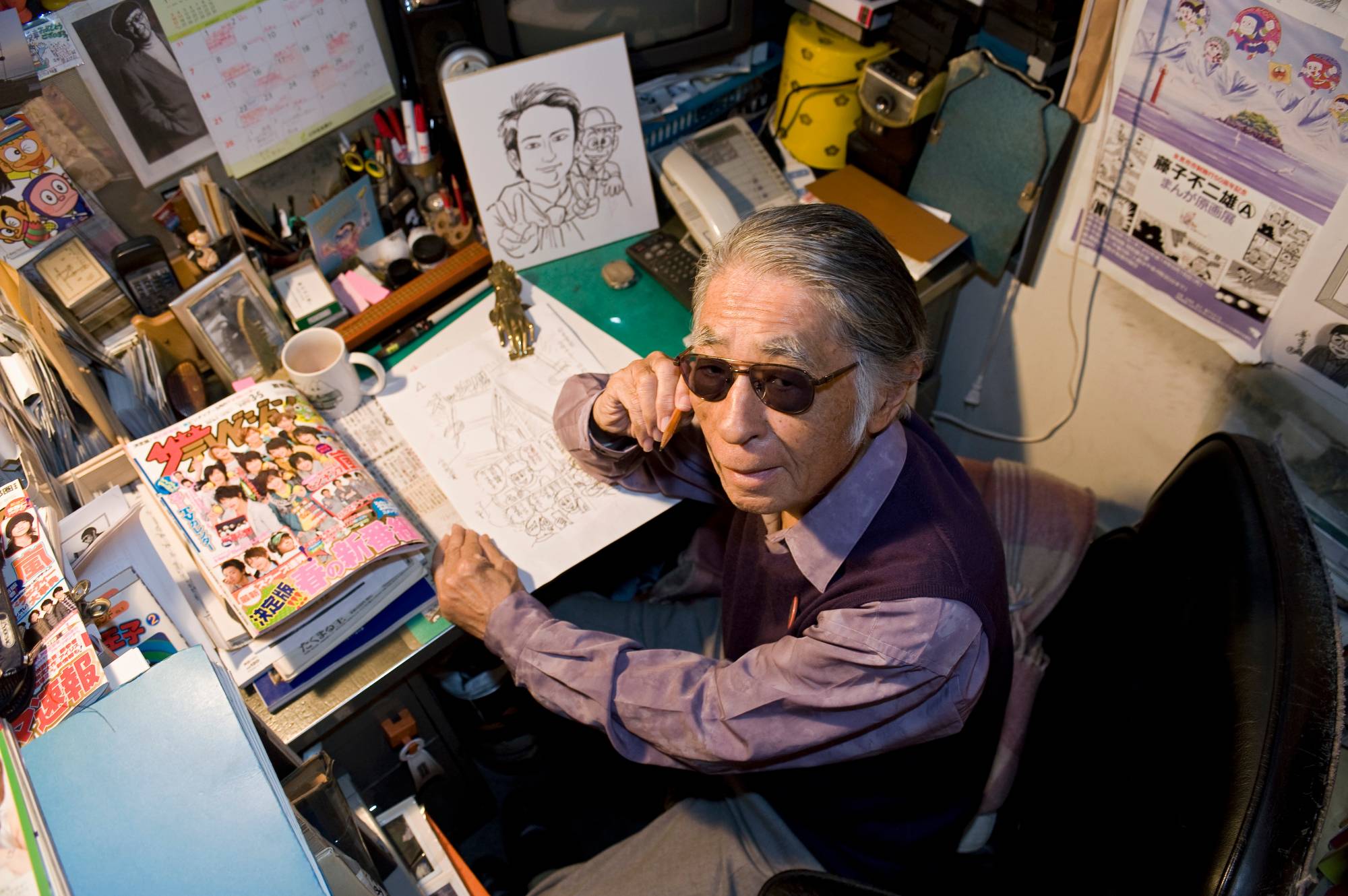The manga and animation world was in mourning on April 7, with the news of the passing of Motoo Abiko, aka Fujiko A. Fujio, creator of some of Japan’s best-known manga.
Born in 1934 in the city of Himi, Toyama Prefecture, Abiko’s initial dabbling in manga began during his elementary school years, where he befriended fellow enthusiast Hiroshi Fujimoto, with whom he would famously collaborate under the joint pen name “Fujiko Fujio” from 1954.
After the dissolution of the duo more than three decades later, Fujimoto continued writing under the “Fujiko F. Fujio” pseudonym, while Abiko adopted the nom de plume “Fujiko A. Fujio,” broadening his horizons through production work in anime, TV and film.



















With your current subscription plan you can comment on stories. However, before writing your first comment, please create a display name in the Profile section of your subscriber account page.